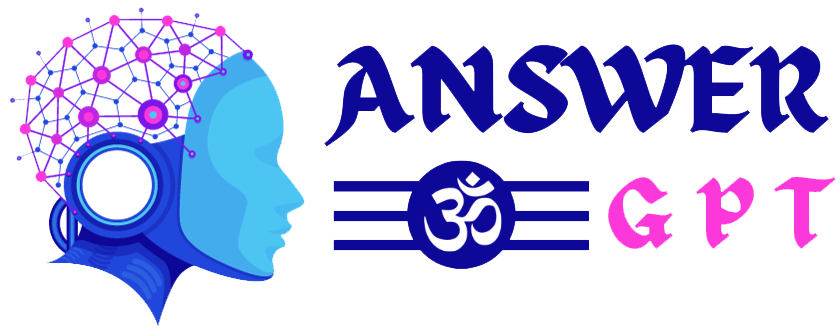1. Which of the following component of wastewater is often not considered as a resource?
a. Water
b. Nutrient
c. Organic matters
d. Pathogens
Answer :- d. Pathogens
2. Wastewater generated from laundry and showers are typically referred as:
a. Brown water
b. Greywater
c. Black water
d. Stormwater
Answer :- b. Greywater
3. Identify the correct statements regarding non-point sources of pollution:
Statement I: Non-point pollution sources are usually difficult to monitor and control
in comparison to point sources
Statement II: The individual as well as collective contributions of the non-point
sources are always small.
a. Statement I is correct. while statement Il is incorrect
b. Statement II is correct, while statement I is incorrect
c. Both, statements I and II are correct
d. Both, statements I and II are incorrect
Answer :- a
4. Sort the following in Point and Non-Point sources of pollution:
i. Industrial Effluent
ii. Urban runoff
iii. Discharge from sewage treatment plant
iv. Atmospheric deposition
a. Point Sources – i, iv; Non-Point Sources – ii, iii
b. Point Sources – i. iii: Non-Point Sources – ii. iv
c. Point Sources – ii. iii: Non-Point Sources – i. iv
d. Point Sources – ii, iv; Non-Point Sources – i. iii
Answer :- b
5. Adequate wastewater treatment may result in the recovery of:
a. Reclaimed water
b. Nitrogen and Phosphorous
c. Energy
d. All of the above
Answer :- d
6. Which of these is included in greywater:
a. Toilet flush
b. Urine
c. Kitchen drain
d. All of the above
Answer :- c
7. Identify the correct statements regarding contaminants and pollutants:
Statement I: A pollutant always has harmful effects on the surroundings while a contaminant may or may not have the same.
Statement II: A pollutant may be a component of the system while a contaminant is usually introduced from the outside.
a. Statement I is correct. while statement II is incorrect
b. Statement II is correct, while statement I is incorrect
c. Both, statements I and II are correct
d. Both, statements I and II are incorrect
Answer :- c
8. An example of the direct impact of inadequately managed wastewater on the ecosystem is
a. Eutrophication
b. Climate Change
c. Acid Rain
d. All of the above
Answer :- a
9. Which of this is not a technique for the wastewater treatment?
a. Septic Tank
b. Settling and filtration
c. Dilution with freshwater
d. Biological processing for organic contaminants breakdown
Answer :- c
10. Match the type of effects of improper wastewater management with the related examples:
![[Week 1-12] NPTEL Wastewater Treatment And Recycling Assignment Answer 2023 42 image 10](https://gecmunger.in/wp-content/uploads/2023/08/image-10.png)
a. (1)-B, (ii)-A (in1)-C
b. (i)-C. (ii)-A. (iii)-B
c. (i)-C. (ii)-B. (iii)-A
d. (i)-A. (ii)-C. (ini)-B
Answer :- b
11. Which of the following wastewater types are relatively easiest to treat for reuse applications?
a. Municipal sewage
b. Black water
c. Greywater
d. Industrial effluent
Answer :- c
12. Which of the following is more adequate as an example of wastewater reuse in environmental sector?
a. Discharge of treated sewage to agricultural fields
b. Discharge of untreated sewage to a river
c. Treated wastewater recycling for toilet flushing
d. Artificial groundwater recharge with treated sewage
Answer :- d
13. Typically, pollution load is considered highest in:
a. Municipal Wastewater
b. Industrial Wastewater
c. Agricultural Wastewater
d. Stormwater
Answer :- b
14. Which of the following is India’s central government programme does include wastewater or greywater management as one of their components?
a. Swachh Bharat Mission
b. National Mission for Clean Ganga
c. Jal Jeevan Mission
d. All of the above
Answer :- d
15. Identify the CORRECT statements regarding decentralized wastewater management:
a. Recycling of wastewater is comparatively easier
b. Disposal or treatment location may be far away from the origin point
c. Large wastewater treatment plant is needed
d. Long-distances transport of sewage is needed
Answer :- a
